Top 10 Best Travel Destination In India in 2022
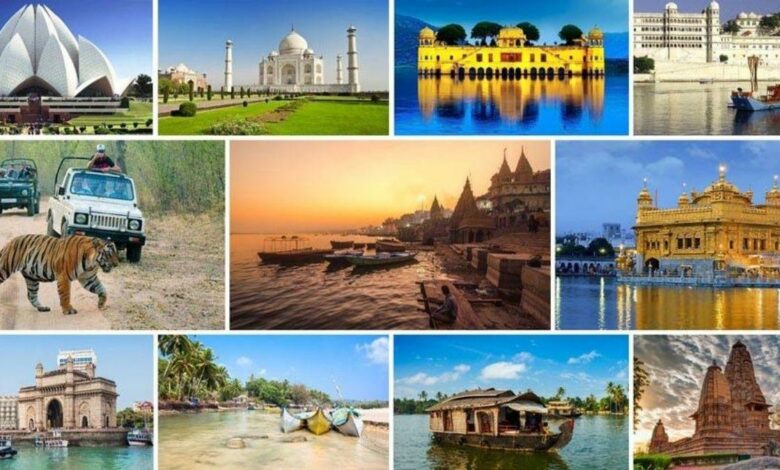
Top 10 Travel Destination In India in 2022
India is a land that is full of surprises! And while the subcontinent’s tourism industry is fast-growing, there are many hidden gems that only actual travellers are aware of.
Tourism in India
The tourism industry in India is vital to the country’s economy and is rapidly growing. Tourism contributed $16.91 lakh crore (US$220 billion) to India’s GDP in 2018 and supported 42.673 million jobs or 8.1 per cent of the country’s total employment. By 2028, the sector is expected to increase at a 6.9% annual pace to 32.05 lakh crore (US$430 billion) (9.9 per cent of GDP). The medical tourism industry in India was valued at $3 billion in October 2015, and it is expected to rise to $7–8 billion by 2020. In 2014, 184,298 international patients visited India for medical treatment.
In 2019, around 17.9 million foreign tourists visited India, up from 17.4 million in 2018, signifying a 3.5 per cent increase. This places India as the world’s 22nd most visited country and the eighth-most visited country in Asia and the Pacific. In 2012, domestic tourist visits to all states and territories were 1,036.35 million, up 16.5 per cent from 2011.
Tamil Nadu, Maharashtra, and Uttar Pradesh were the most popular place in 2014. The five most visited cities in India by foreign tourists in 2015 were Delhi, Mumbai, Chennai, Agra, and Jaipur. Delhi is placed 28th in the world in terms of foreign visitor arrivals, with Mumbai at 30th, Chennai at 43rd, Agra at 45th, Jaipur at 52nd, and Kolkata at 90th.
India was placed 35th out of 140 nations in the Travel & Tourism Competitiveness Report 2019. India rose six places from the previous year’s survey, the most among the top 25% of countries ranked. The research ranks India’s tourism sector 13th out of 140 countries in price competitiveness. The country boasts many hotel rooms per capita and a low ATM penetration rate by worldwide standards. According to the World Tourist Organization, India’s tourism earnings ranked 16th in the world in 2012 and 7th among Asian and Pacific countries.
Niche tourism goods like rural, cruise, medical, and eco-tourism are being promoted aggressively. The Incredible India campaign, run by the Ministry of Tourism, aims to promote tourism in India.
In FY20, India’s tourism sector created 39 million jobs, accounting for 8.0 per cent of the country’s total employment.
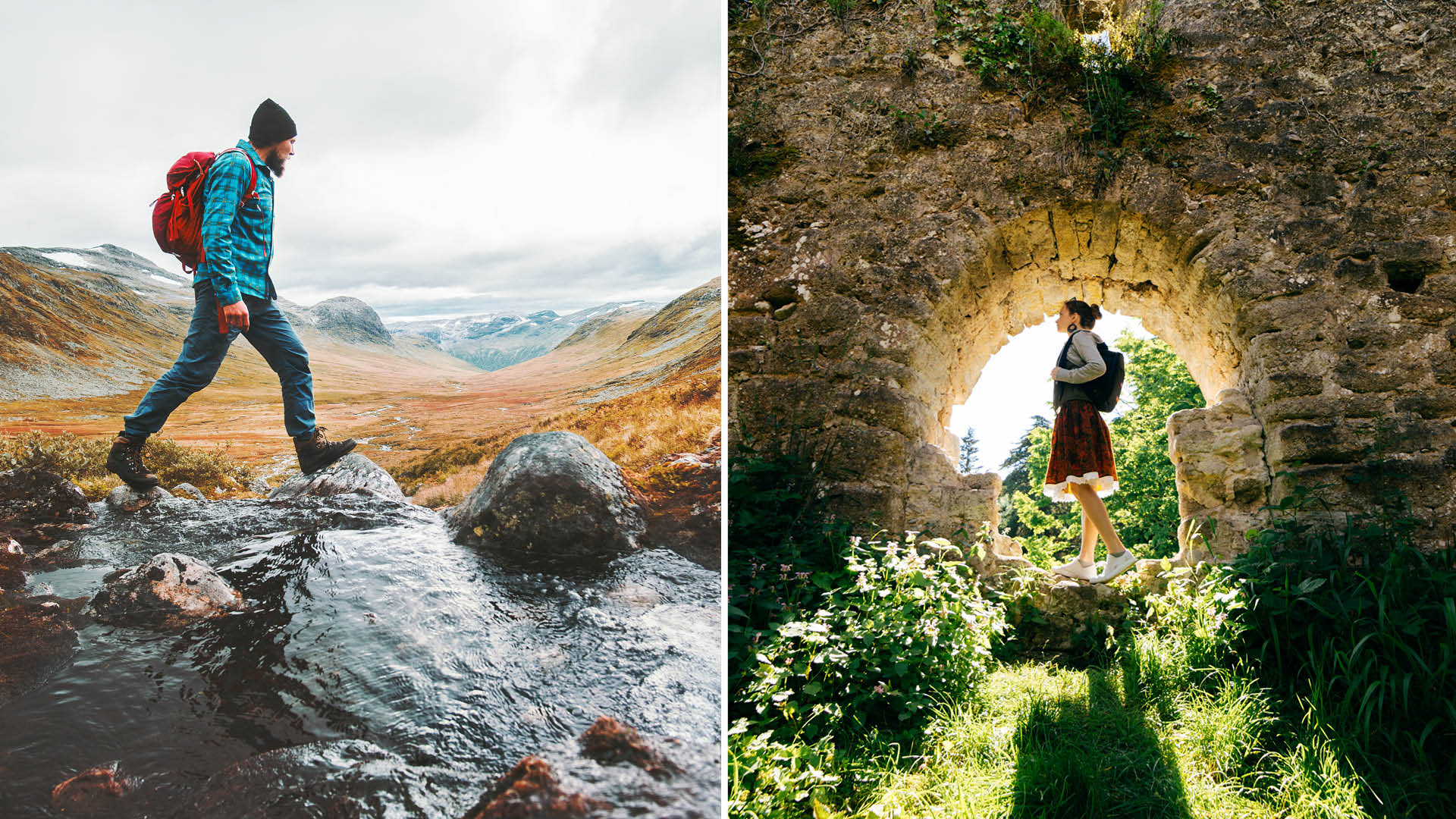
Industry Scenario
Contribution to India’s GDP of $460 billion by 2028.
In 2018, India’s largest service industry, travel and tourism, was worth 234 billion dollars. With profits of $29.962 billion from January to December 2019, the tourism business in India has become one of the country’s primary foreign exchange-earners, representing a 4.8 per cent increase over the last year.
India’s tourism industry earned $194 billion in 2019, accounting for 6.8% of GDP and supporting 39.80 million jobs.
India’s tourism industry is expected to increase at a 6.9% annual pace to $460 billion by 2028, accounting for 9.9% of GDP.
FTAs in April 2019 were 7,71,353 compared to 7,45,051 in April 2018, a 3.5 percent increase. Furthermore, FTAs were 39,35,293 in January-April 2019 compared to 38,60,871 in January-April 2018, representing a 1.9 per cent increase. In April 2019, a total of 2,01,137 tourists arrived on e-Tourist Visas, up from 1,57,094 in April 2018, representing a 28.0 per cent increase.
Furthermore, between January and April 2019, a total of 11,08,665 tourists arrived on e-Tourist Visas, up from 9,18,792 in the same period last year, a 20.7 per cent increase. In 2019, a total of 2.93 million foreign tourists arrived on e-Tourist Visas, representing a 23.6 per cent increase over the last year.
As of December 2019, nationals of 169 countries can apply for an e-visa in one of five categories: ‘e-Tourist visa,’ ‘e-Business visa,’ ‘e-Medical Visa,’ ‘e-Medical Attendant Visa,’ and ‘e-Conference Visa.’ The Kingdom of Saudi Arabia is the most recent country to be included.
In 2016, the global medical tourism market valued 19.7 billion dollars, with a CAGR of 18.8% expected to reach 46.6 billion dollars by 2021. India’s overall number of inbound medical tourists doubled in just three years. Around 22% of visits from West Asia were for medical reasons in 2017, followed by 15.7 per cent from Africa.
The Top 10 Travel Destinations in India in 2022 are shown below.
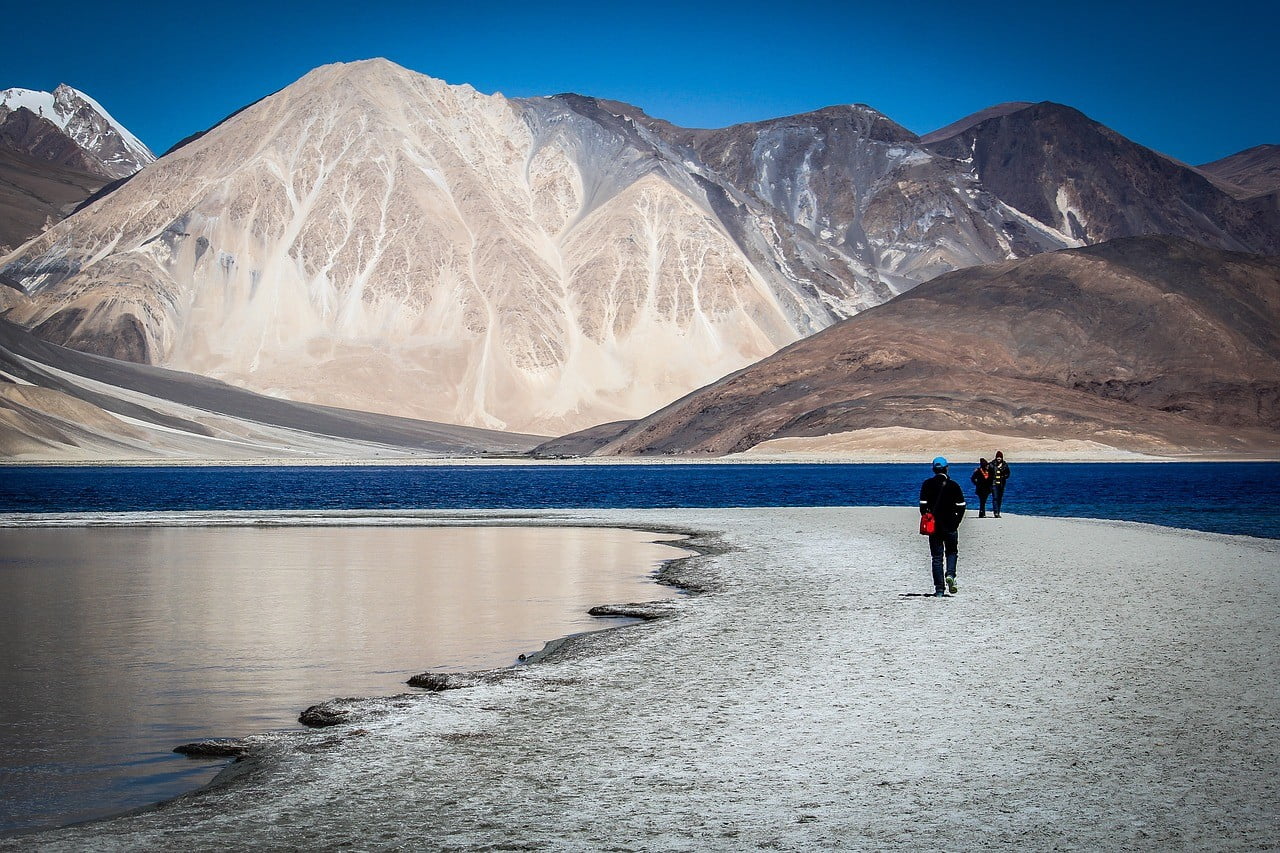
1. Leh Ladakh
Leh, in Jammu and Kashmir’s Ladakh region, is famed for its breathtaking scenery, Buddhist temples, and pristine environment. Leh is often known as Little Tibet or the Land of Lamas because of the great influence of Tibetan Buddhism. It has beautifully painted gompas (or monasteries), fluttering prayer flags, steep hills, tiny communities, and the Indus River.
Ladakh is a rustic and divinely beautiful tourist destination set amidst the majestic Himalayas. Its charm is maintained by rocky valleys and mountains, meandering roads, and bustling cultural life. Magnetic Hill, the turquoise-coloured Pangong Lake, the confluence of two mysterious rivers, ancient monasteries and the highest passes are just some of Leh Ladakh’s attractions. The moon-like desert highlands remain a fantastic location for adventurers, Buddhists, and others.
In Leh, there are many hotel options to suit every budget. The ancient town, the newer neighbourhoods along Fort Road, and Changspa village are good places to budget. Guesthouses, tourist complexes, hikers’ shelters, and local paying guest facilities are all present. Government-run tourist bungalows are mostly found along the Srinagar-Leh highway.
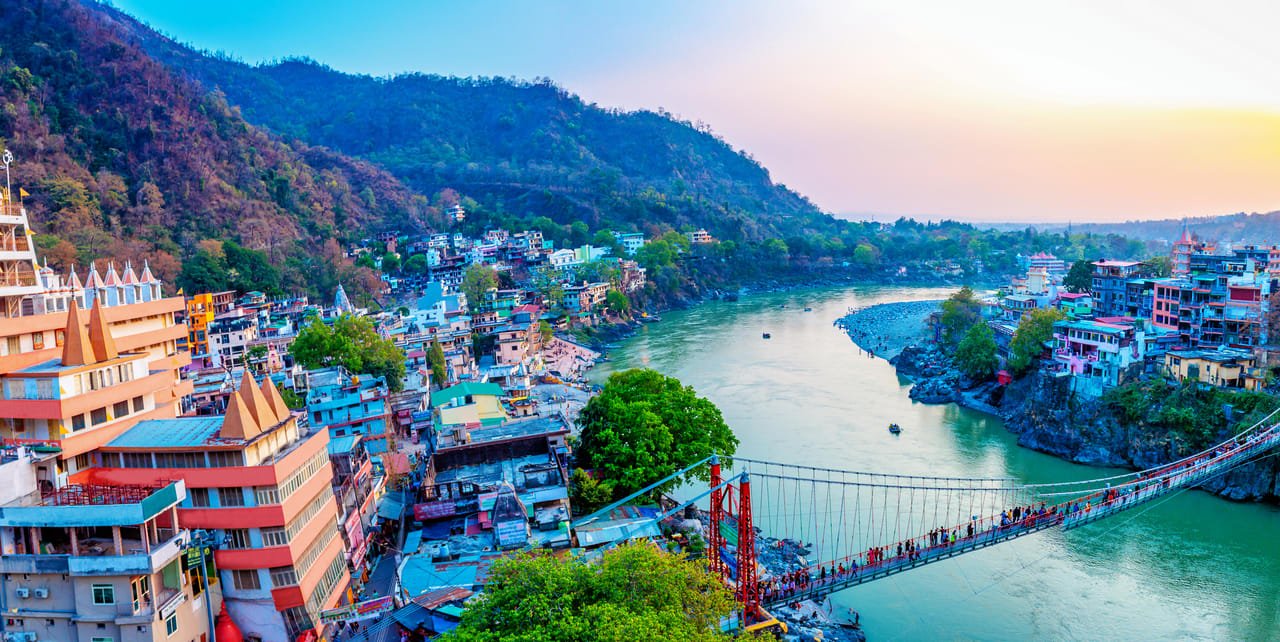
2. Rishikesh
Rishikesh, often spelt Hrishikesh, are a city in Uttarakhand, India, managed by the Rishikesh Municipal Corporation (since October 2017) and a tehsil in the Dehradun district. It is called the “Gateway to the Garhwal Himalayas” and the “Yoga Capital of the World” since it is located in the Himalayan foothills of northern India.
It is located 21 kilometres north of Haridwar and 45 kilometres (28 miles) southeast of Dehradun, the state capital. It is a pilgrimage town considered one of Hinduism’s holiest sites. Since ancient times, Hindu sages and saints have come to Rishikesh to meditate in search of higher knowledge.
Rishikesh and Haridwar will be the first cities in India to be designated as “twin national historic cities,” according to Union Tourism Minister Mahesh Sharma. Since 1989, it has hosted the International Yoga Festival in the first week of March.
Rishikesh, set against the Himalayan backdrop and with the beautiful Ganga flowing through it, is one of northern India’s most popular tourist and pilgrimage locations, attracting travellers from all over the world in search of peace. Rishikesh is dubbed the “yoga capital of the world” for a good cause.
Tourists who have mastered yoga and meditation have flocked to the area. Rishikesh is home to several ashrams worldwide known for philosophical study, yoga, and other old Indian healing traditions. The annual International Yog Festival is held here by the Uttarakhand Tourism Development Board, and thousands of yoga devotees attend. Rishikesh has several legends associated with it. The ancient literature Skanda Purana and the epics Ramayana mention Rishikesh. Lord Rama and his brothers have travelled to Rishikesh to conduct penance after slaying Ravana.
In February 1968, members of the famous English rock band ‘Beatles’ went to Maharishi Mahesh Yogi’s ashram (now called the Beatles Ashram) to practise transcendental meditation. The band wrote about 48 songs at Maharishi’s ashram. Mike Love of the Beach Boys, Donovan, and Gyp Mills were other international artists who came to reflect and meditate.
Rishikesh is known for its small cafes, which serve local and international cuisines. It has been famous for its lively Holi celebrations, held mainly by private hotels and resorts.
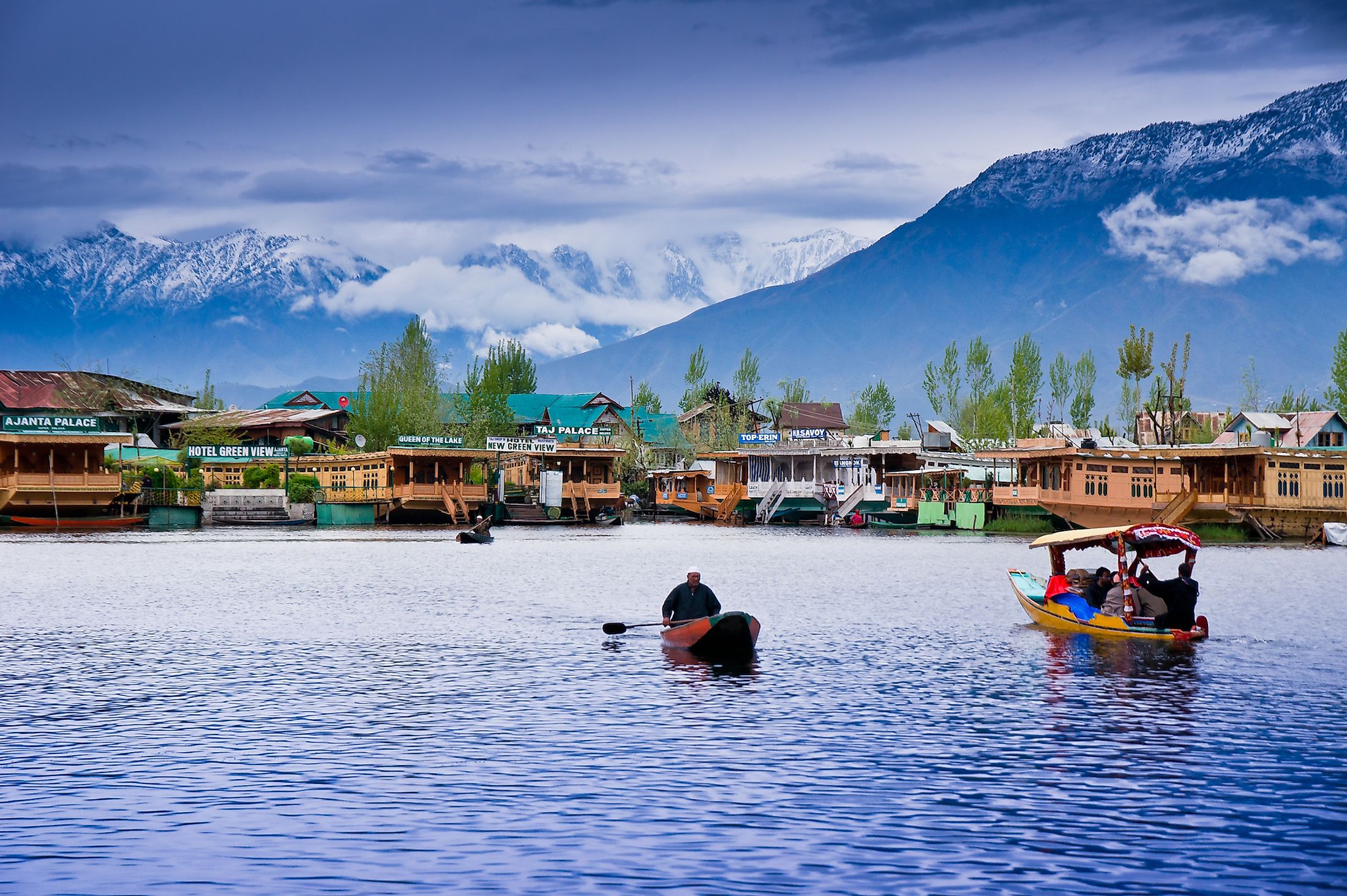
3. Kashmir
Kashmir is the Indian subcontinent’s northernmost geographical region. Until the mid-nineteenth century, “Kashmir” only referred to the Kashmir Valley, between the Great Himalayas and the Pir Panjal Range.
It is one of those places where you get the feeling you’re in heaven. Its spectacular beauty attracts tourists, and several filmmakers also use it to film. This beautiful valley was used to film movie scenes, and it has lovely sights. It has many religious sites, hiking trails, lakes, gardens, retail outlets, and mouth-watering cuisines you’ve never tried before. This spectacular environment provides visitors with a stay experience in houseboats, five-star hotels, and resorts, providing them with a reason to visit Kashmir again and again.
In Kashmir, there are a variety of places to visit.
- Srinagar
- Sonmarg
- Gulmarg
- Pahalgam
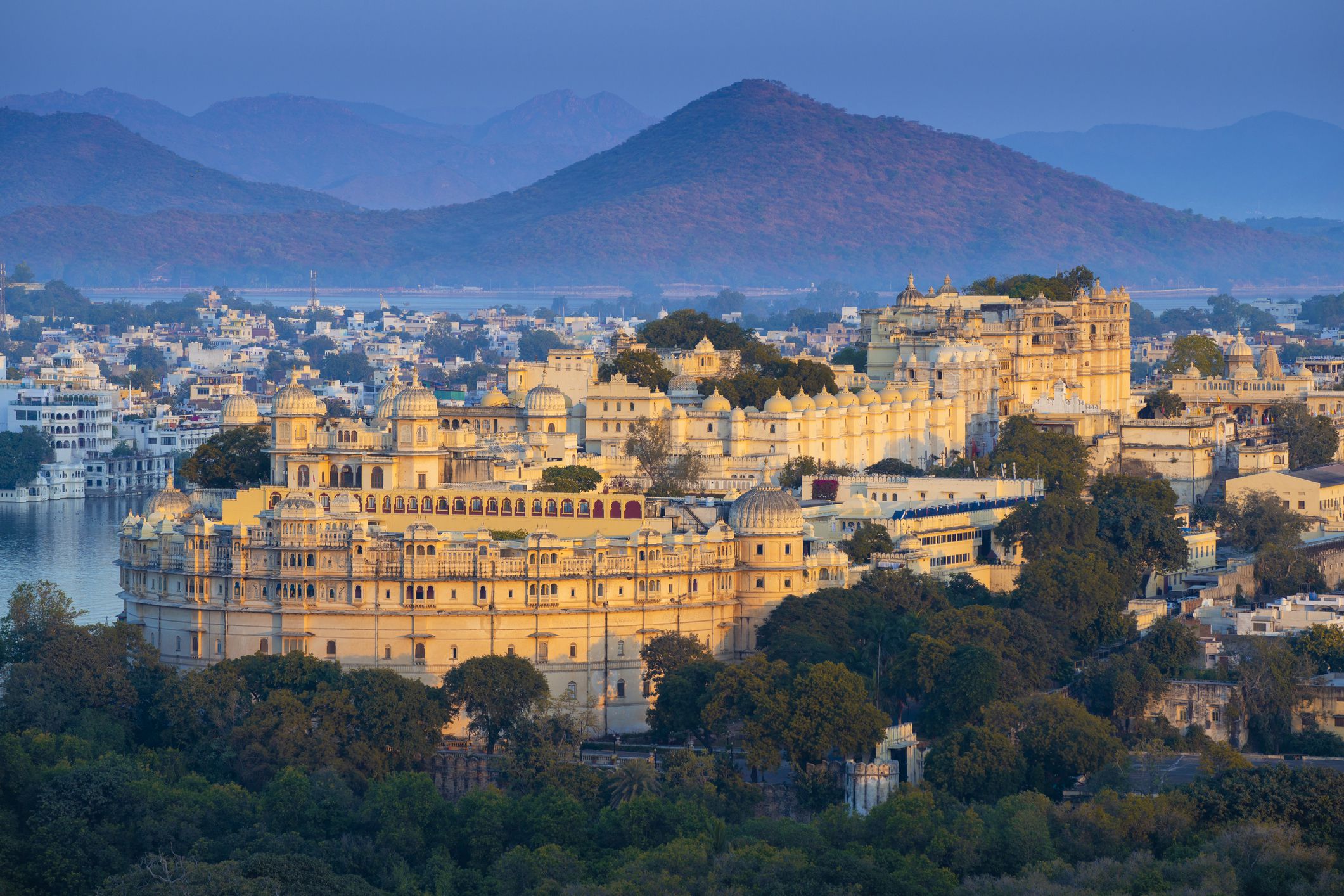
4. Udaipur
Udaipur is a city in India’s Rajasthan state. It is the mediaeval capital of the kingdom of Mewar, and it is located in the former Rajputana Agency. It was built in 1559 by Udai Singh II of the Sisodia Rajput family when he moved his capital from Chittorgarh to Udaipur after Akbar invaded Chittorgarh.
The city lies in Rajasthan’s southernmost region, close to the Gujarat border. The Aravali Range, which divides it from the Thar Desert, surrounds it. It’s about 660 kilometres from Delhi, 800 kilometres from Mumbai, and 1720 kilometres from Bangalore. It is situated nearly amid two major Indian metropolises. In addition, Udaipur has a key geographical advantage due to its proximity to Gujarat ports. Udaipur is well-connected to neighbouring cities and states via road, rail, and air transportation. The Maharana Pratap Airport serves the city. Hindi, English, and Rajasthani are commonly spoken (Mewari).
Udaipur is a tourist destination famed for its history, culture, gorgeous landscapes, and Rajput-era palaces. It has been dubbed “the most romantic spot on the continent of India” by British administrator James Tod. It is known as the “City of Lakes.” Seven lakes surround the city. Fateh Sagar Lake, Lake Pichola, Swaroop Sagar Lake, Rangsagar Lake, and Doodh Talai Lake are among the five major lakes included in the National Lake Conservation Plan (NLCP) of the Government of India’s restoration project.
Udaipur is noted for its mediaeval forts and palaces, museums, galleries, natural sites and gardens, architectural temples, and traditional fairs, festivals, and buildings, in addition to its lakes. Tourism is the mainstay of the Udaipur economy, but mining, marble processing, chemical production and development, electronic manufacturing, and the handicraft sector also play a role.
Udaipur is also becoming a major educational centre, with five universities, 14 colleges, and 160 high schools. IIM Udaipur is located in Udaipur, and according to the MHRD’s NIRF ranking, it is the country’s fifth-best management institution.
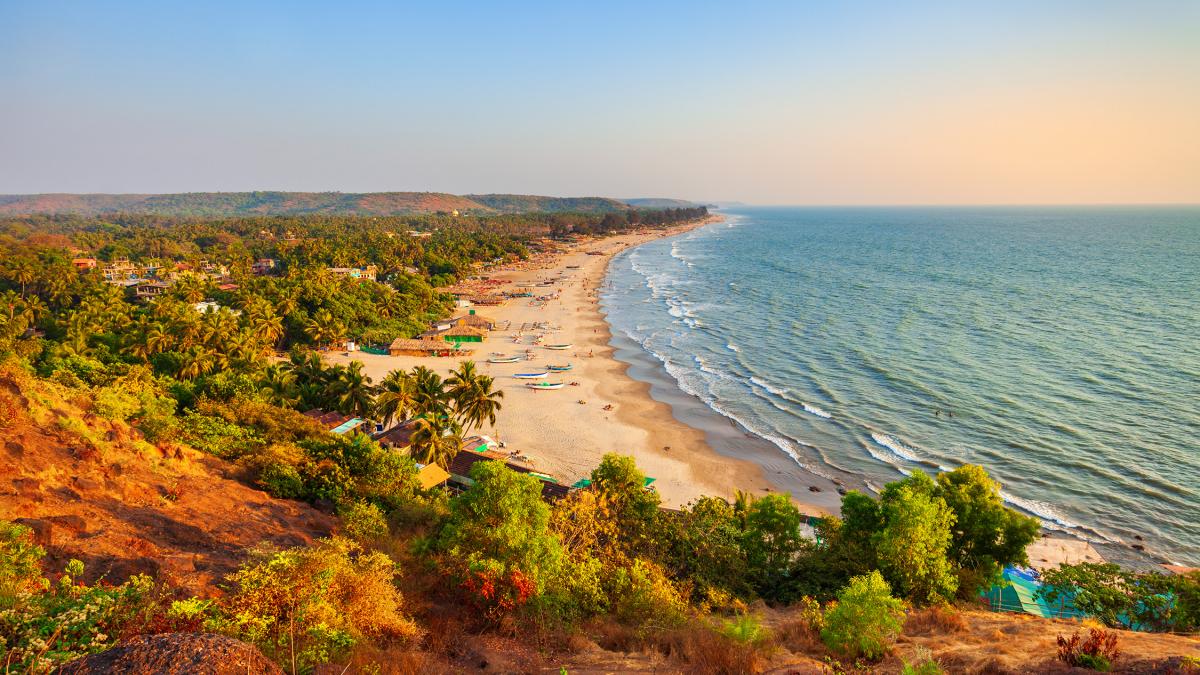
5. Goa
On India’s southwest coast, Goa is part of the Konkan area. It is bordered on the north by Maharashtra and east and south by Karnataka, with the Arabian Sea defining its western coast. India’s smallest state regarding the land area and fourth-smallest in terms of population. Goa has the most GDP per capita of any Indian state, more than two and a half times that of the country. India’s Eleventh Finance Commission deemed Goa the best-placed state. At the same time, India’s National Commission on Population assessed it as having the best quality of life (based on the commission’s “12 Indicators”). In the human development index, it is ranked third among Indian states.
The state’s capital is Panaji, and its central city is Vasco do Gama. The historic city of Margo in Goa still bears the cultural imprint of the Portuguese, who first arrived on the subcontinent as merchants in the early 16th century and quickly conquered it. Goa became a Portuguese overseas province in what was then known as Portuguese India and remained so for over 450 years until India beat it in 1961. Goa’s official language is Konkani, and the bulk of the population speaks it.
Goa attracts many international and domestic tourists each year due to its white-sand beaches, vibrant nightlife, religious sites, and World Heritage-listed architecture. Due to its proximity to the North-Western Ghats forests, one of the world’s unique biodiversity hotspots and has flora and fauna.
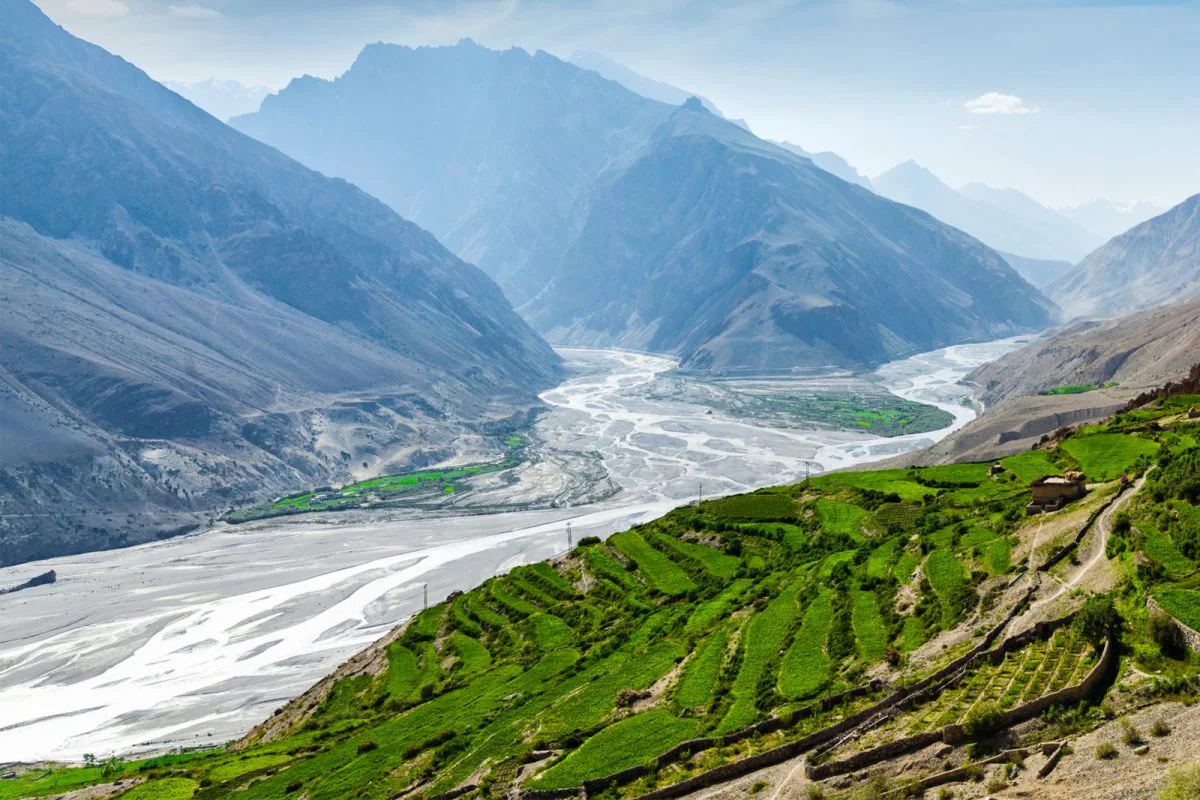
6. Himachal
Himachal Pradesh is a state in India’s northwestern region. It is India’s northernmost state, bordering the union territories of Jammu and Kashmir and Ladakh to the north and the conditions of Punjab to the west, Haryana to the southwest, Uttarakhand to the southeast, and Uttar Pradesh to the south.
The predominantly hilly territory that makes up modern-day Himachal Pradesh has been populated since prehistoric times, with multiple waves of human migration from various parts of the world. The region was ruled mainly by local kingdoms throughout its history, some of which recognised the suzerainty of larger empires. Himachal was the hilly part of British India’s Punjab Province before India’s independence from the British. After independence, many steep areas were formed as the Chief Commissioner’s province of Himachal Pradesh, which eventually became a union territory. Himachal was granted full statehood in 1971 after hilly regions of neighbouring Punjab state were amalgamated into it in 1966.
Himachal Pradesh is a state that is divided into valleys by several perennial rivers. Rural areas are home to about 90% of the state’s population. Agriculture, horticulture, hydropower, and tourism are major economic drivers in the state. As of 2016, the hilly state was almost entirely electrified, with 99.5 per cent of homes having access to electricity. In 2016, the state was designated as India’s second open-defecation-free state. Himachal Pradesh is India’s least corrupt state, according to the CMS – India Corruption Study 2017.
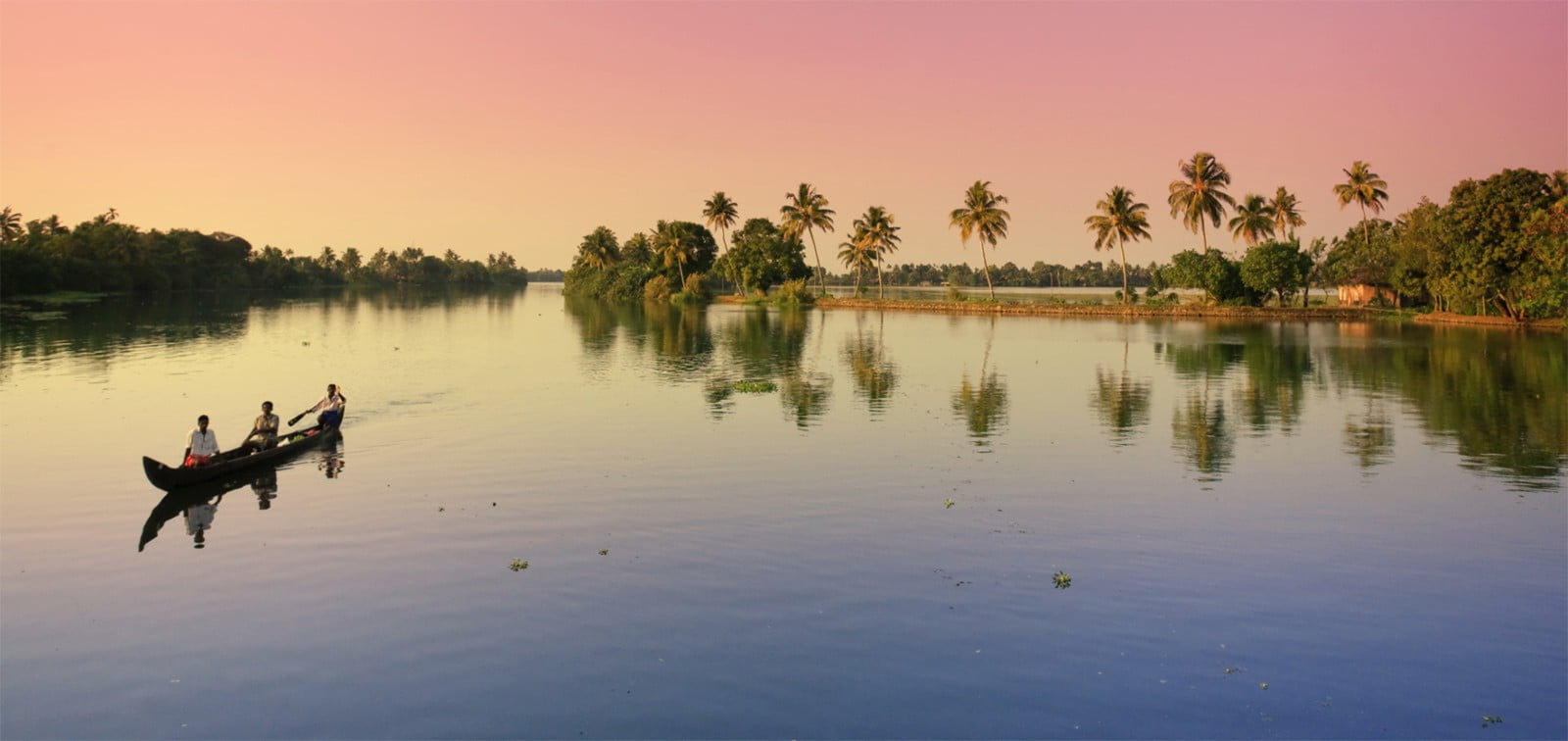
7. Kerala
Kerala is a state located on the Malabar Coast of India. It was formed on November 1, 1956, when the States Reorganisation Act was passed by merging Malayalam-speaking districts from the erstwhile states of Cochin, Malabar, South Canara, and Travancore. Kerala is India’s twenty-first largest state, with a total area of 38,863 km2. Karnataka borders it on the north and northeast, Tamil Nadu on the east and south, and the Lakshadweep Sea on the west. The capital, Thiruvananthapuram, is separated into 14 districts. Kerala’s official language and the most widely spoken language is Malayalam.
The Chera Dynasty was Kerala’s first significant monarchy. In the early Common Era, the Ay kingdom in the deep south and the Ezhimala kingdom in the north formed the other kingdoms (CE). Since 3000 BCE, the region has been a major spice exporter. Around 100 CE, Pliny’s works and the Periplus noted the region’s importance in trade. The spice trade drew Portuguese traders to Kerala in the 15th century, paving the European colonisation of India. In the early twentieth century, Kerala had two main princely realms during India’s independence struggle: Travancore and Cochin.
Kerala has the lowest population growth rate in India, at 3.44 per cent; the highest Human Development Index, 0.784 in 2018 (0.712 in 2015); the highest literacy rate, 96.2 per cent, literacy survey; the highest life expectancy, 77 years; and the highest sex ratio, 1,084 women per 1,000 men. Kerala is India’s second least poor state. Kerala is the country’s second-most urbanised central state, with 47.7% of its population living in cities.
According to the NITI Aayog’s annual report issued in 2019, the state ranked first in the country to achieve the Sustainable Development Goals. With newspapers published in nine languages, primarily English and Malayalam, the state has the highest media exposure in India. Moreover, half of the population follows Hinduism and Islam and Christianity. The culture is a combination of Aryan, Dravidian, Arab, and European civilisations that have evolved through millennia with influences from other areas of India and the rest of the world.

8. Delhi
Delhi is an Indian state and union territory that includes New Delhi, the country’s capital. It shares borders with the state of Uttar Pradesh in the east and the state of Haryana in the remaining directions since it straddles the Yamuna river, predominantly on its western or right bank. The NCT is 1,484 square kilometres in size 573 sq mi. Delhi’s urban agglomeration, which includes Ghaziabad, Faridabad, Gurgaon, and Noida in the National Capital Region (NCR), has over 28 million people, making it India’s and the world’s second-largest metropolitan region (after Tokyo).
Delhi was the capital of two mighty empires, the Delhi Sultanate and the Mughal Empire, which ruled large areas of South Asia from the early 13th century until the mid-19th century. The Qutub Minar, Humayun’s Tomb, and the Red Fort, all UNESCO World Heritage Sites in the city, date from this period. Sufism and Qawwali music had their beginnings in Delhi. Nizamuddin Auliya and Amir Khusrau are two significant figures associated with it. The Delhi Khariboli dialect was part of a linguistic evolution resulting in Urdu and Modern Standard Hindi literature. Mir Taqi Mir and Mirza Ghalib are two prominent Urdu poets from Delhi.
The Indian Rebellion of 1857 was centred in Delhi. New Delhi, a southern region of Delhi, was designated as the British Indian Empire’s capital in 1911. The first 1951 Asian Games, 1982 Asian Games, 1983 NAM Summit, 2010 Men’s Hockey World Cup, 2010 Commonwealth Games, 2012 BRICS Summit, and 2011 Cricket World Cup were held in Delhi.

9. Mumbai
Mumbai is the capital of Maharashtra, an Indian state. According to the UN, Mumbai is India’s second-most populous metropolis after Delhi and the world’s eighth-most populous city, with around 2 crore people. Mumbai was India’s most populated city, with a population of 1.25 crore living within the Municipal Corporation of Greater Mumbai.
With over 2.3 crore people, Mumbai is the centre of the Mumbai Metropolitan Region, the world’s sixth most populated metropolitan area (23 million). Mumbai is located on India’s west coast; Konkan coast boasts a deep natural harbour. It has the largest concentration of millionaires and billionaires of any Indian city. The Elephanta Caves, the Chhatrapati Shivaji Maharaj Terminus, and the city’s distinctive ensemble of Victorian and Art Deco buildings created in the 19th and 20th centuries are also UNESCO World Heritage Sites.
Mumbai is the country’s financial, commercial, and entertainment capital. It is also one of the top ten global financial flow centres, accounting for 6.16 per cent of India’s GDP and 25 per cent of industrial output, 70 per cent of maritime trade in India (Mumbai Port Trust and JNPT), and 70 per cent of capital transactions to the Indian economy. Mumbai has the eighth-largest number of billionaires of any city on the planet, and its billionaires had the world’s highest average worth in 2008. Important financial institutions and the corporate offices of prominent Indian and multinational enterprises are located in the city.
It also houses India’s most prestigious scientific and nuclear research institutes. Bollywood and Marathi film industries are also based in the town. The business opportunities in Mumbai draw people from all over India.
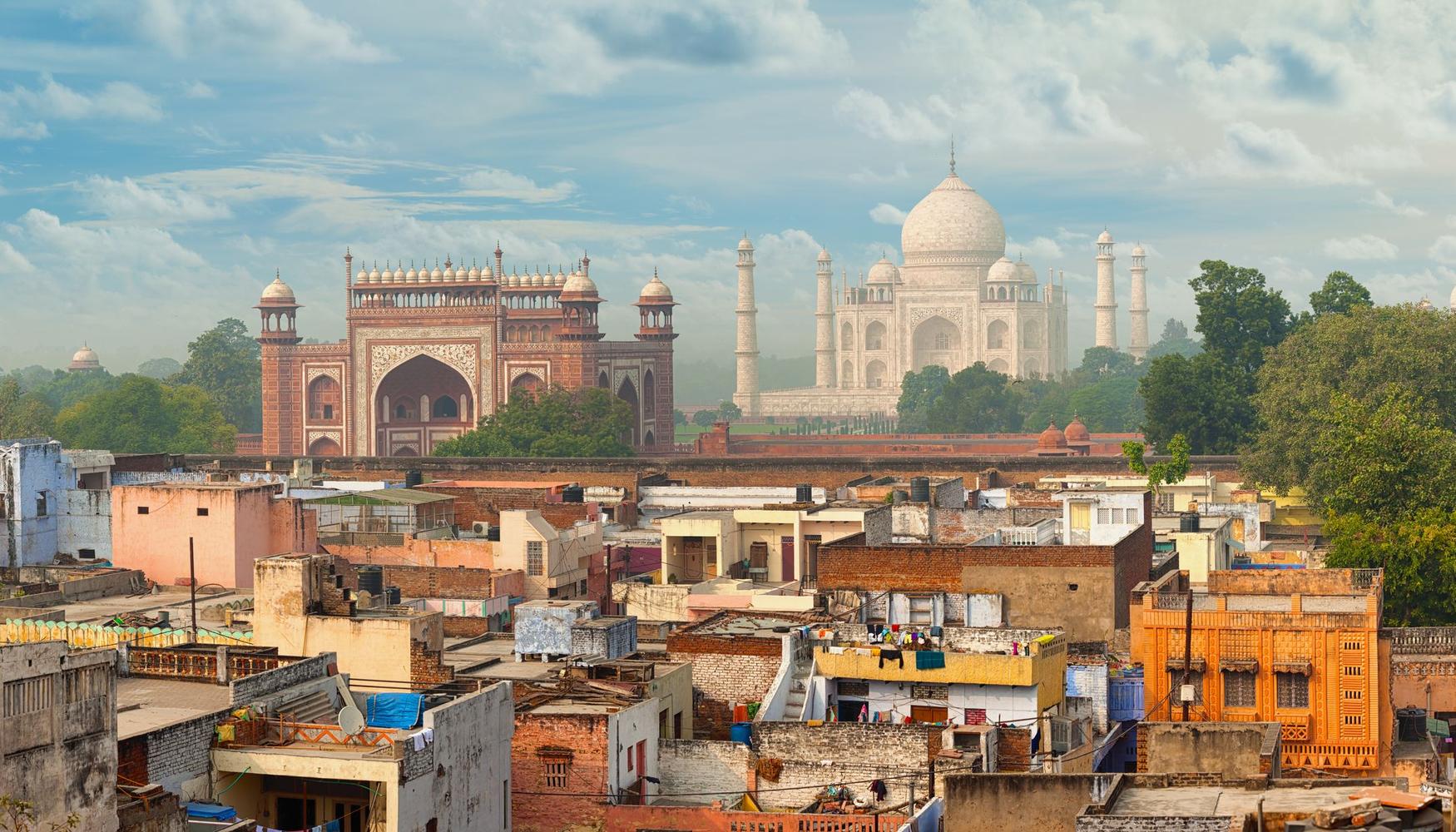
10. Agra
Agra is a city in Uttar Pradesh, located on the banks of the Yamuna River, some 210 kilometres (130 miles) south of New Delhi and 335 kilometres west of Lucknow. Agra often called the Dalit capital of Uttar Pradesh, is the fourth most populous city in Uttar Pradesh.
The city’s important historical period began during Sikandar Lodi’s rule, but the Mughals were the city’s golden age. Under Mughal rulers Babur, Humayun, Akbar, Jahangir, and Shah Jahan, Agra was the most important city on the Indian subcontinent and the capital of the Mughal Empire.
Agra became a centre for study, arts, trade, and religion under the Mughal rule and built the Agra Fort, Sikandra, and Agra’s most famous monument, the Taj Mahal. Shah Jahan built a mausoleum for his favourite empress. When the Mughal empire fell apart in the late 18th century, the city passed through the hands of the Marathas and then the East India Company. Following independence, Agra grew into an industrial town with thriving tourism industry and footwear, leather, and other manufacturing.
UNESCO has designated the Taj Mahal and the Agra Fort as World Heritage Sites. Agra is part of the Golden Triangle tourist circuit, which includes Delhi and Jaipur and the Uttar Pradesh Heritage Arc, which provides Lucknow and Varanasi.
Edited and published by Ashlyn Joy




